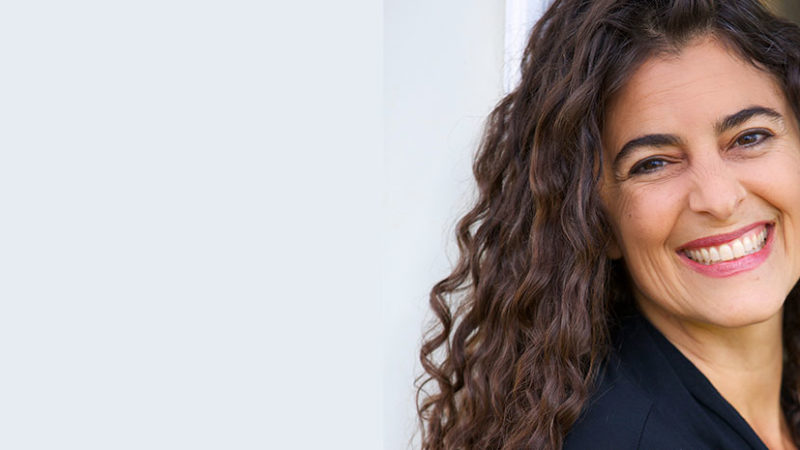Tara Brach: True Refuge
Tara Brach is an author, clinical psychologist, and the founder and senior teacher of the Insight Meditation Community of Washington. A longtime Sounds True collaborator, Tara is one of the creators and main teachers for the in-depth Mindfulness Meditation Teacher Certification Program. In this episode of Insights at the Edge, Tami Simon speaks with Tara about “the Trance of Unworthiness”—a state in which we believe that we are too inadequate, incomplete, and broken to love ourselves. Tara explains why we are so tough on ourselves and the steps needed to cultivate self-compassion. Tami and Tara also discuss how we can find refuges within no matter our current difficulties. Finally, they talk about the need for mental health professionals to understand contemplative practices such as mindfulness. (56 minutes)


